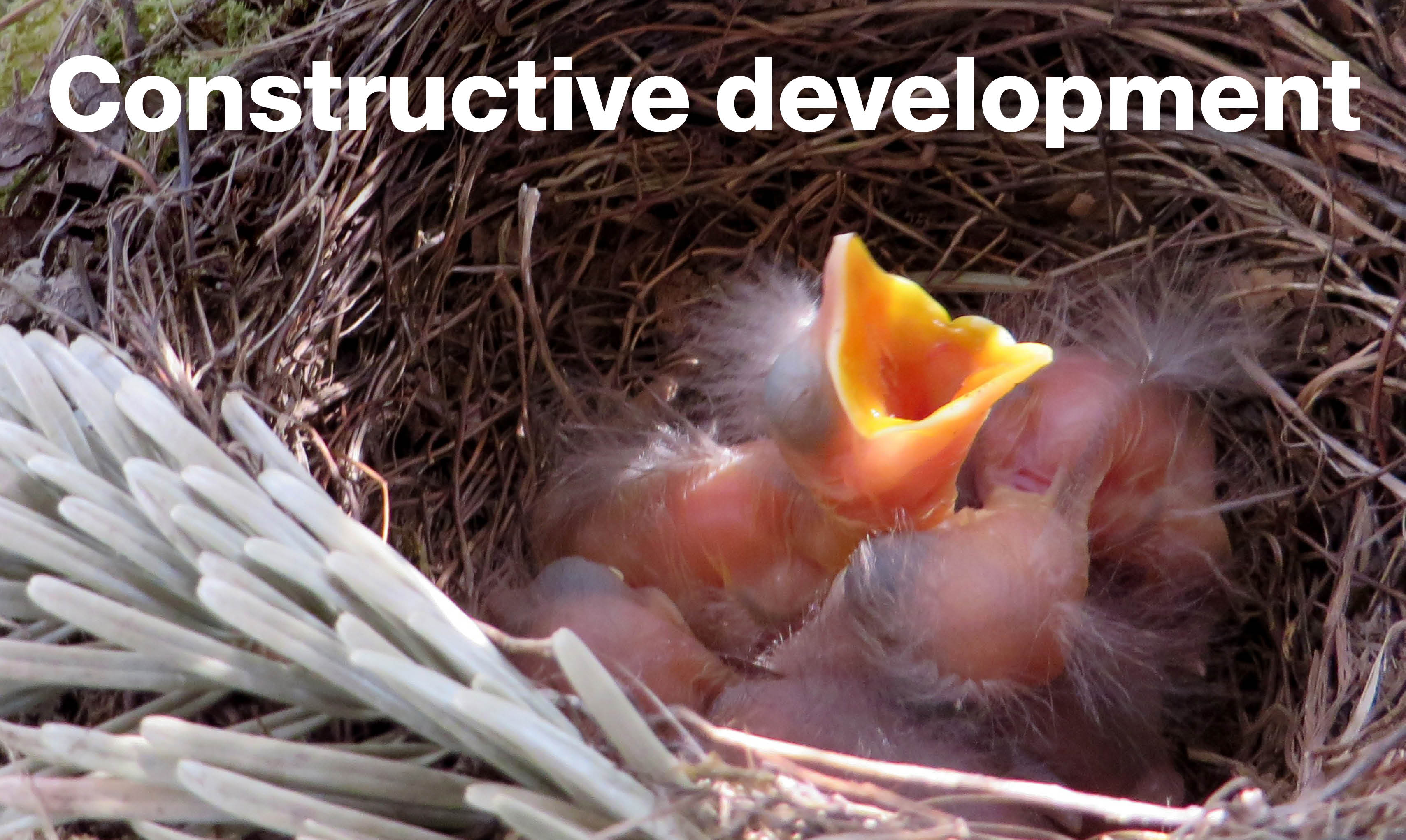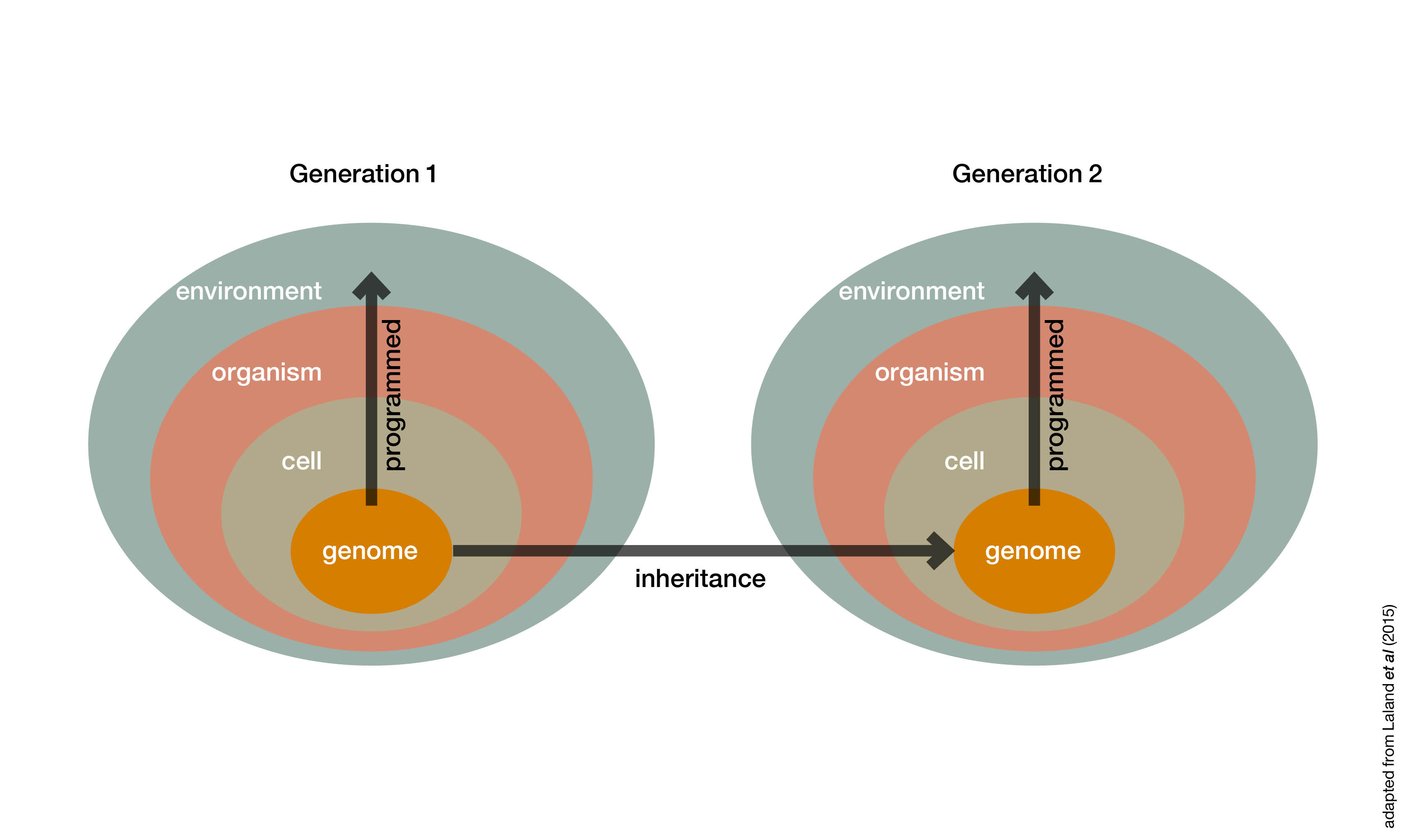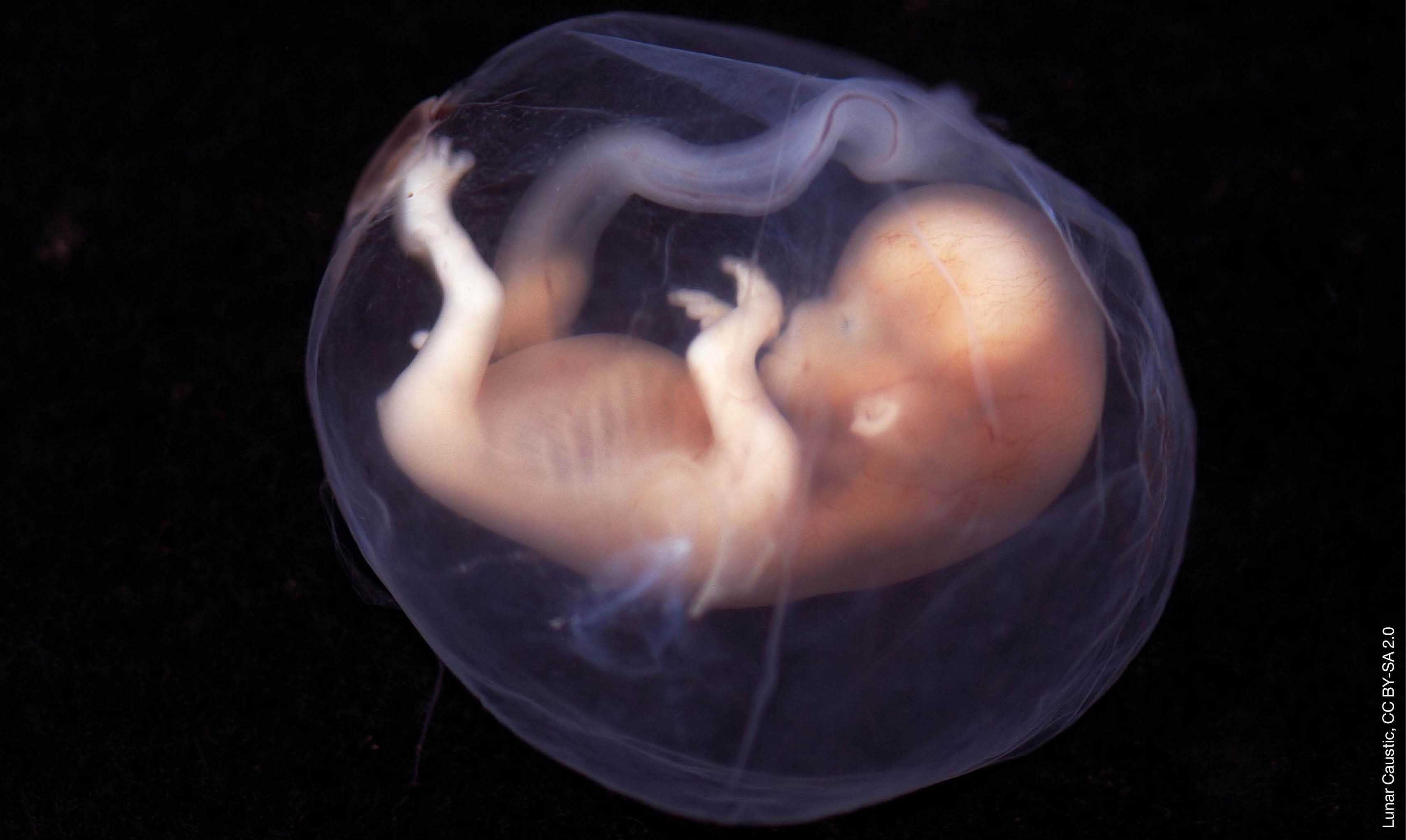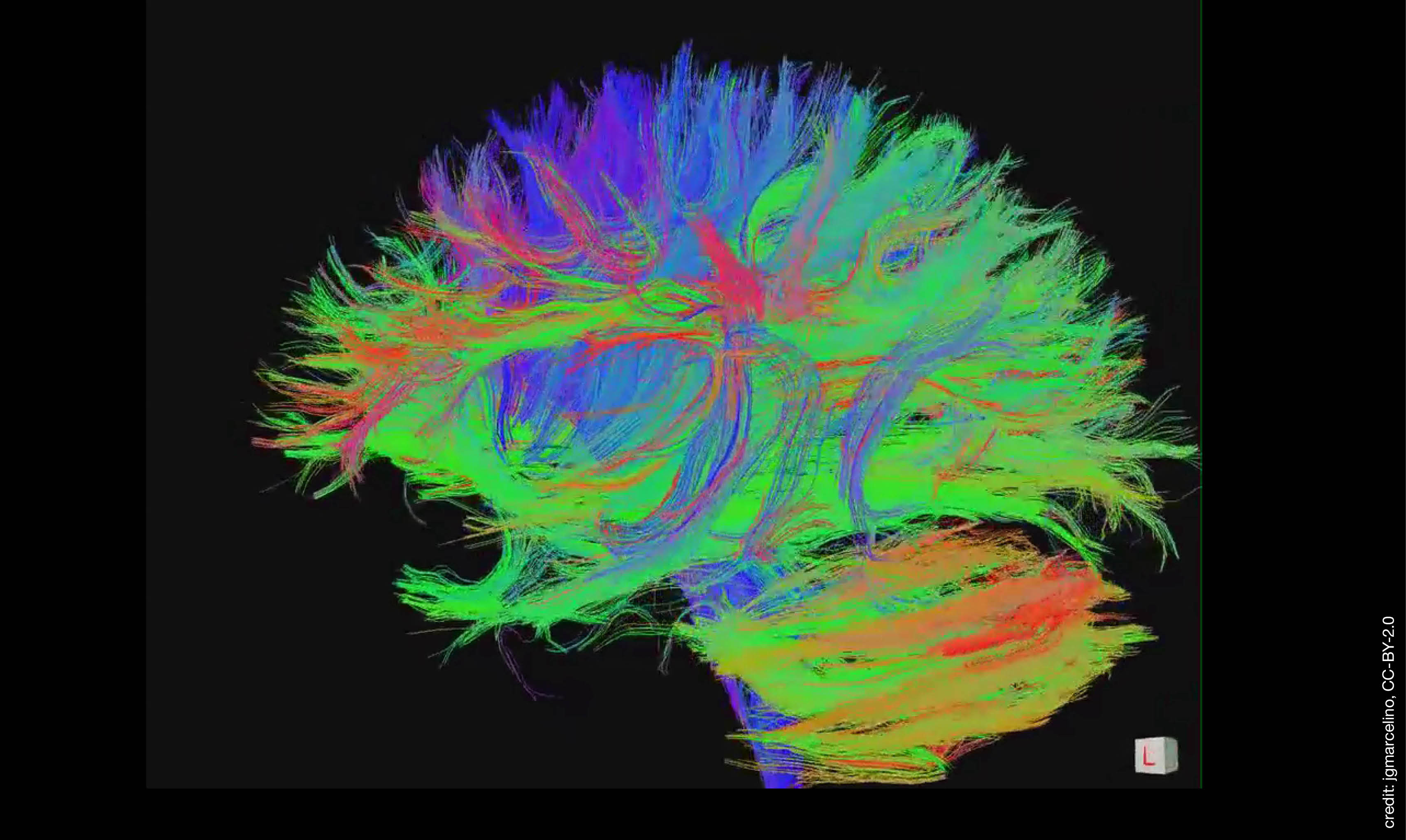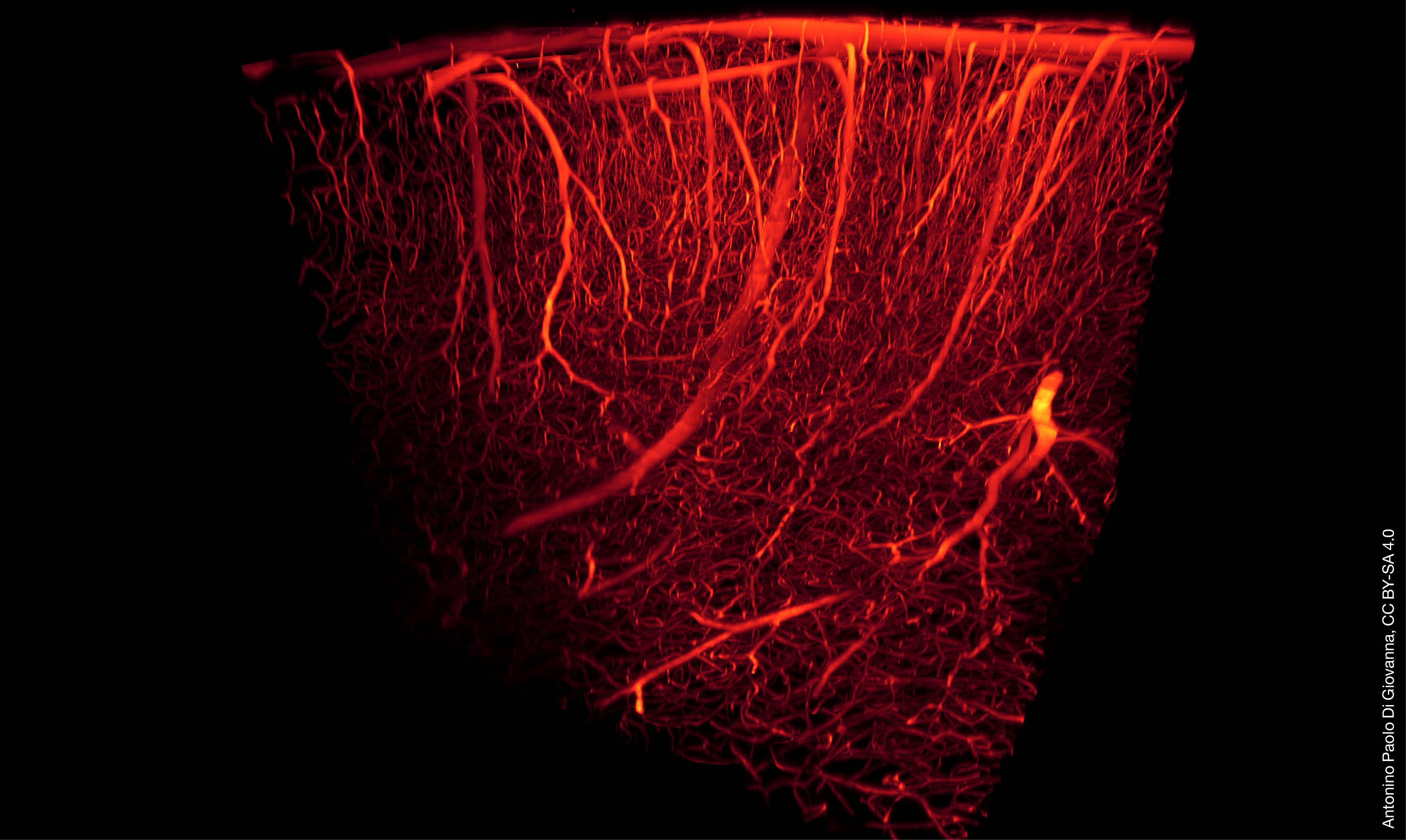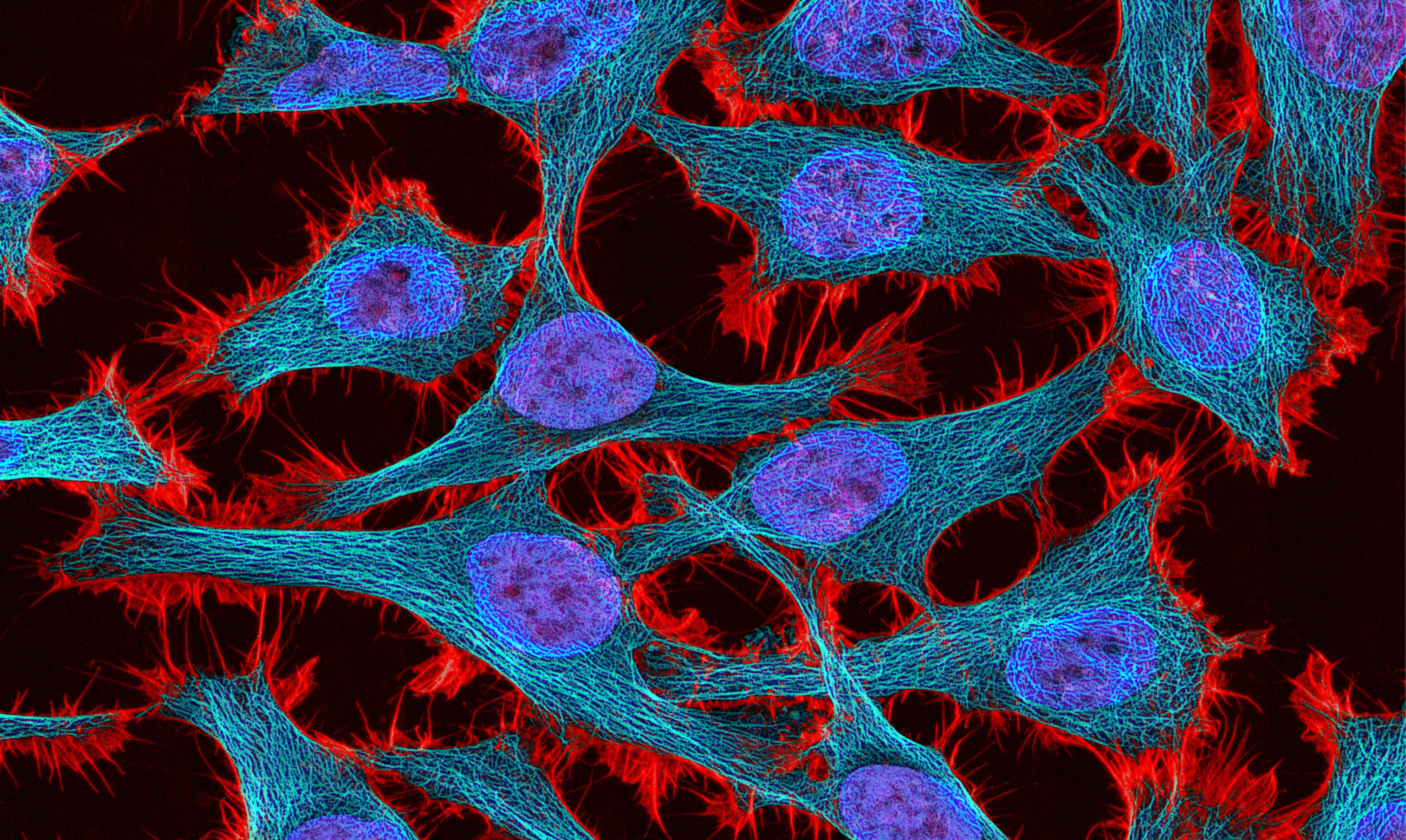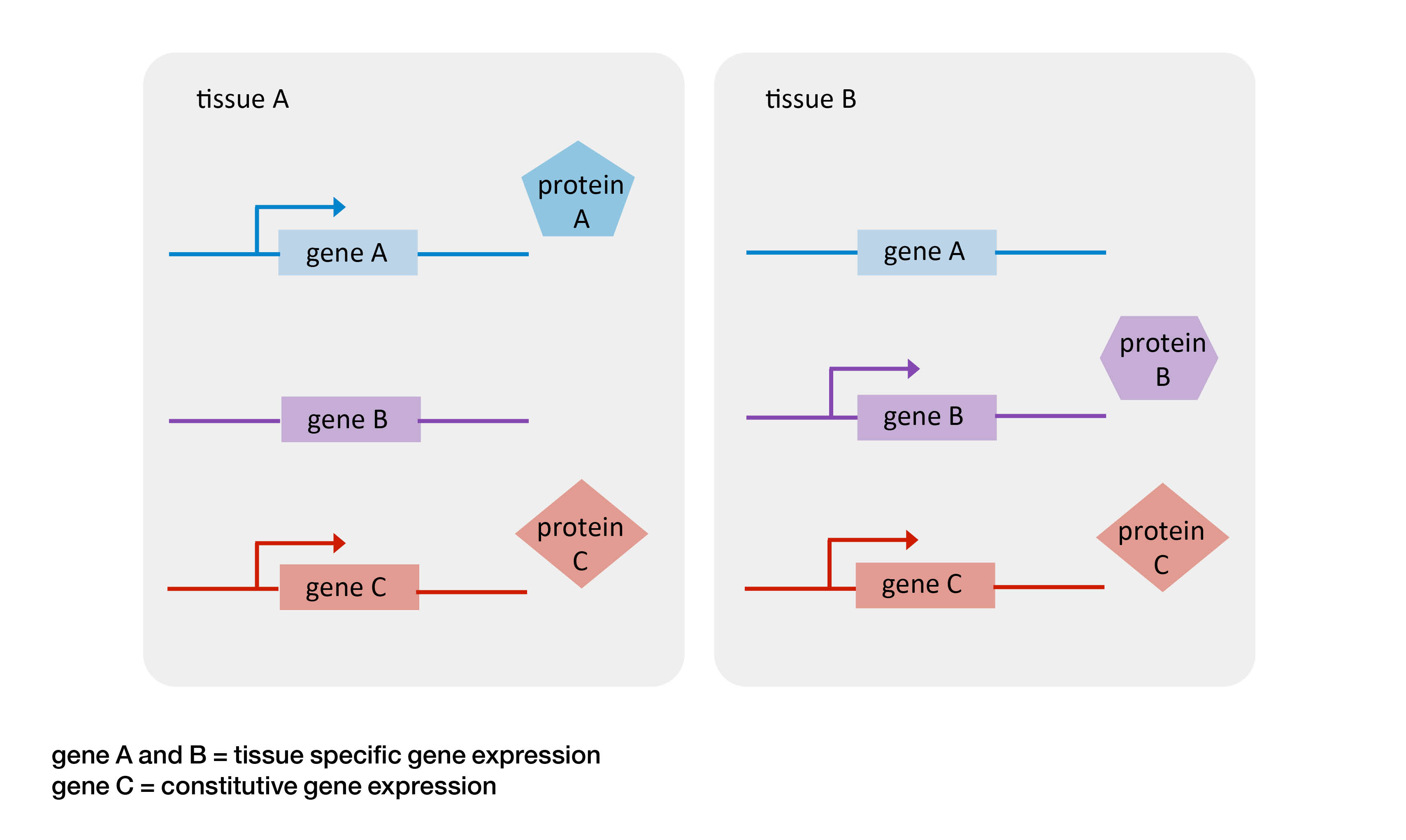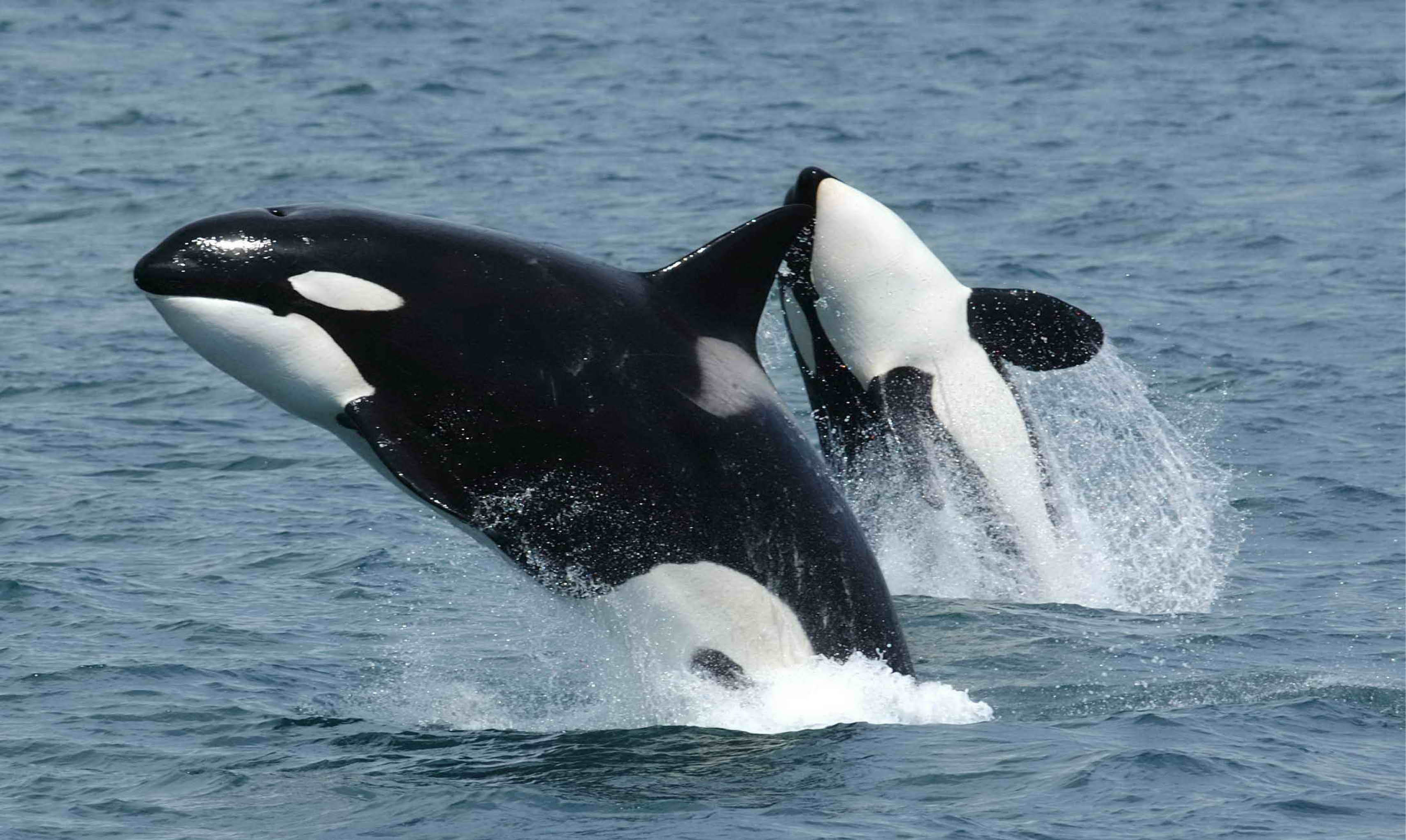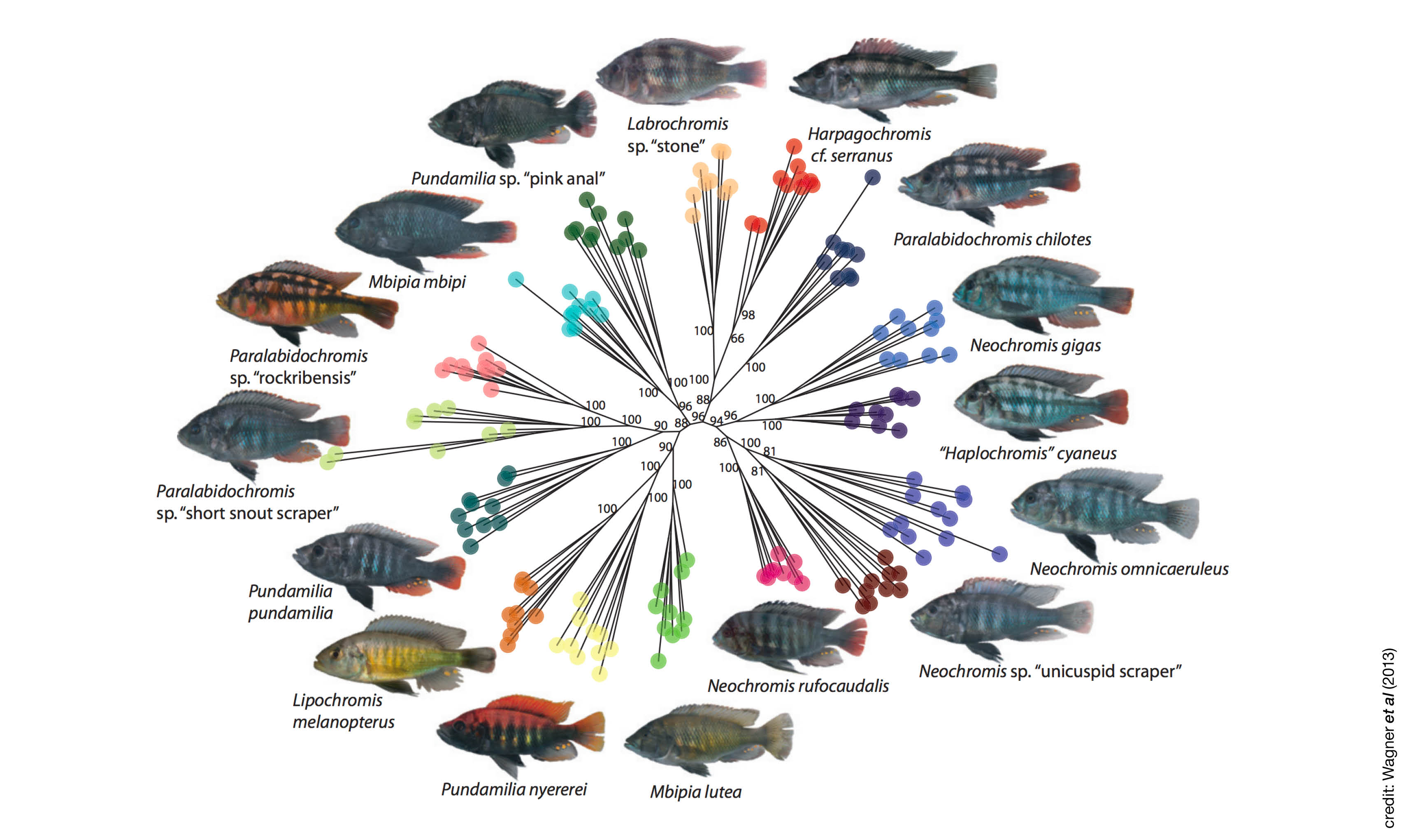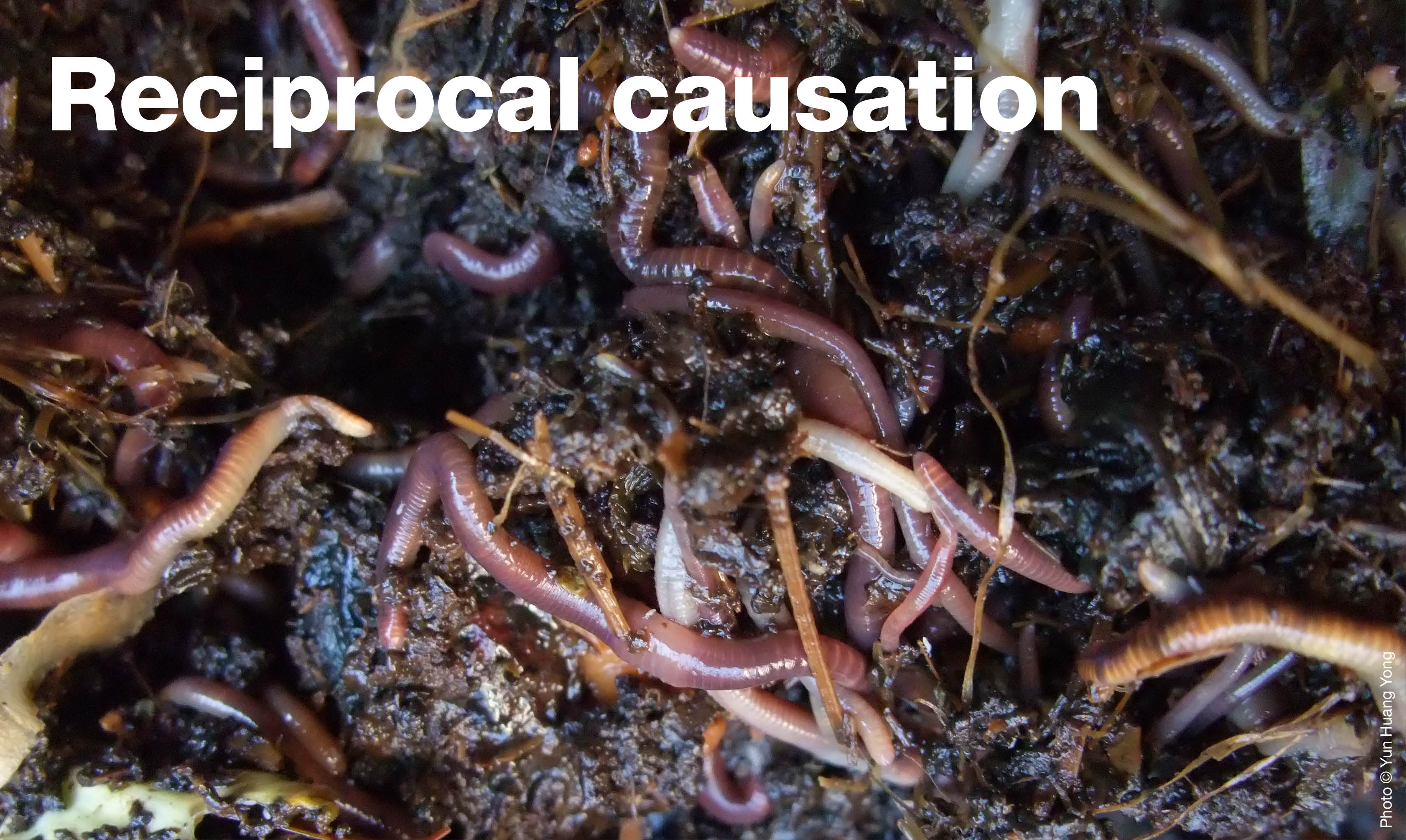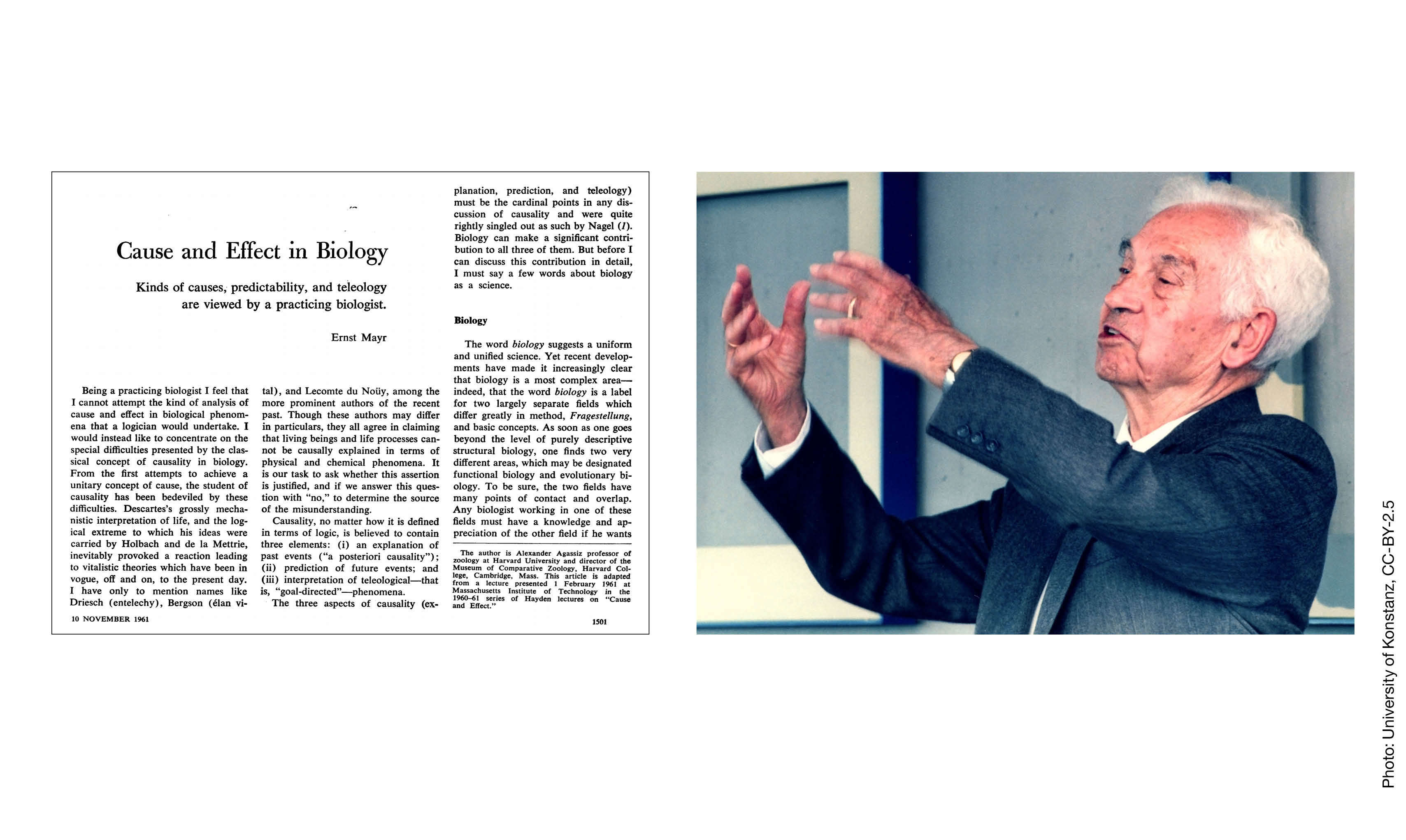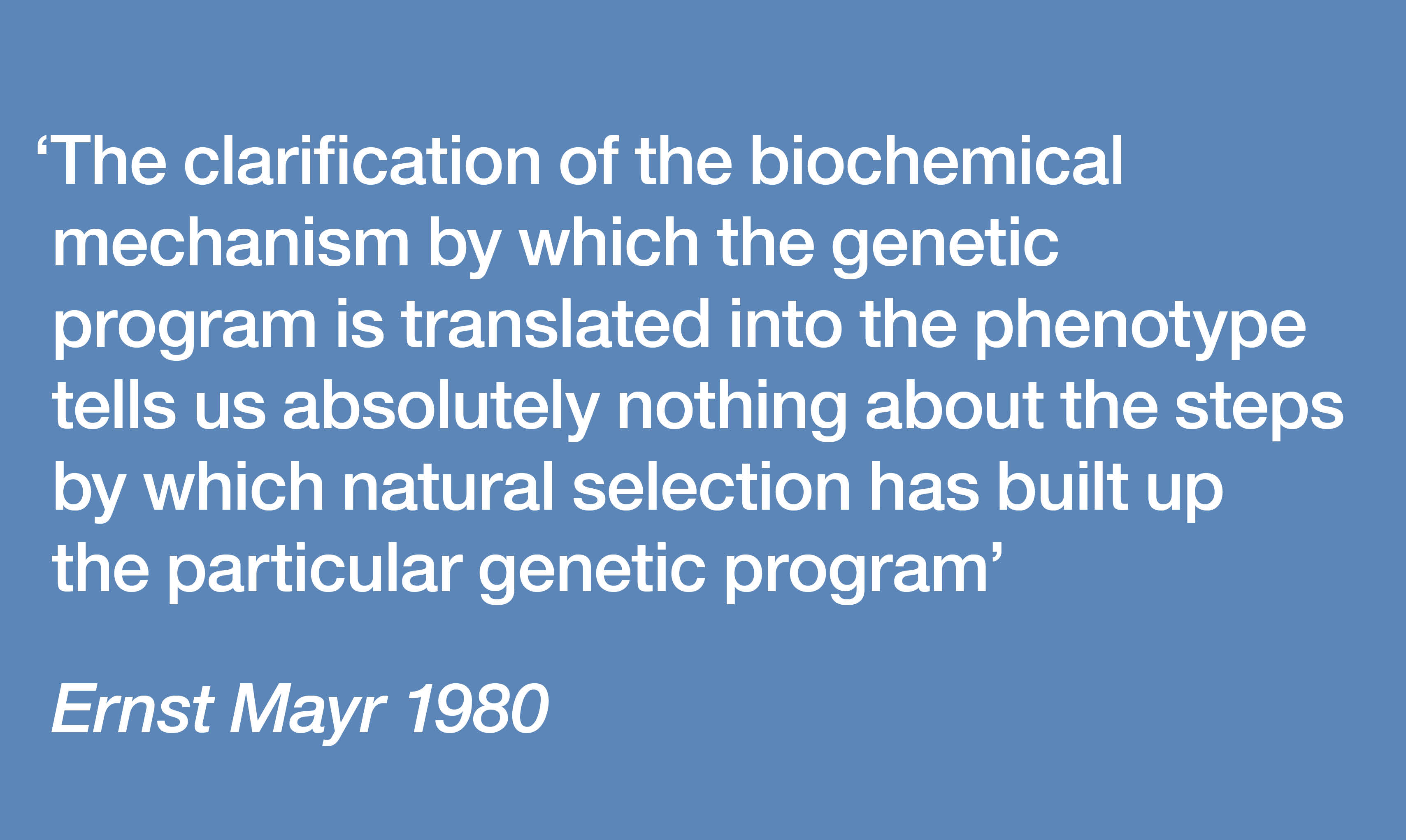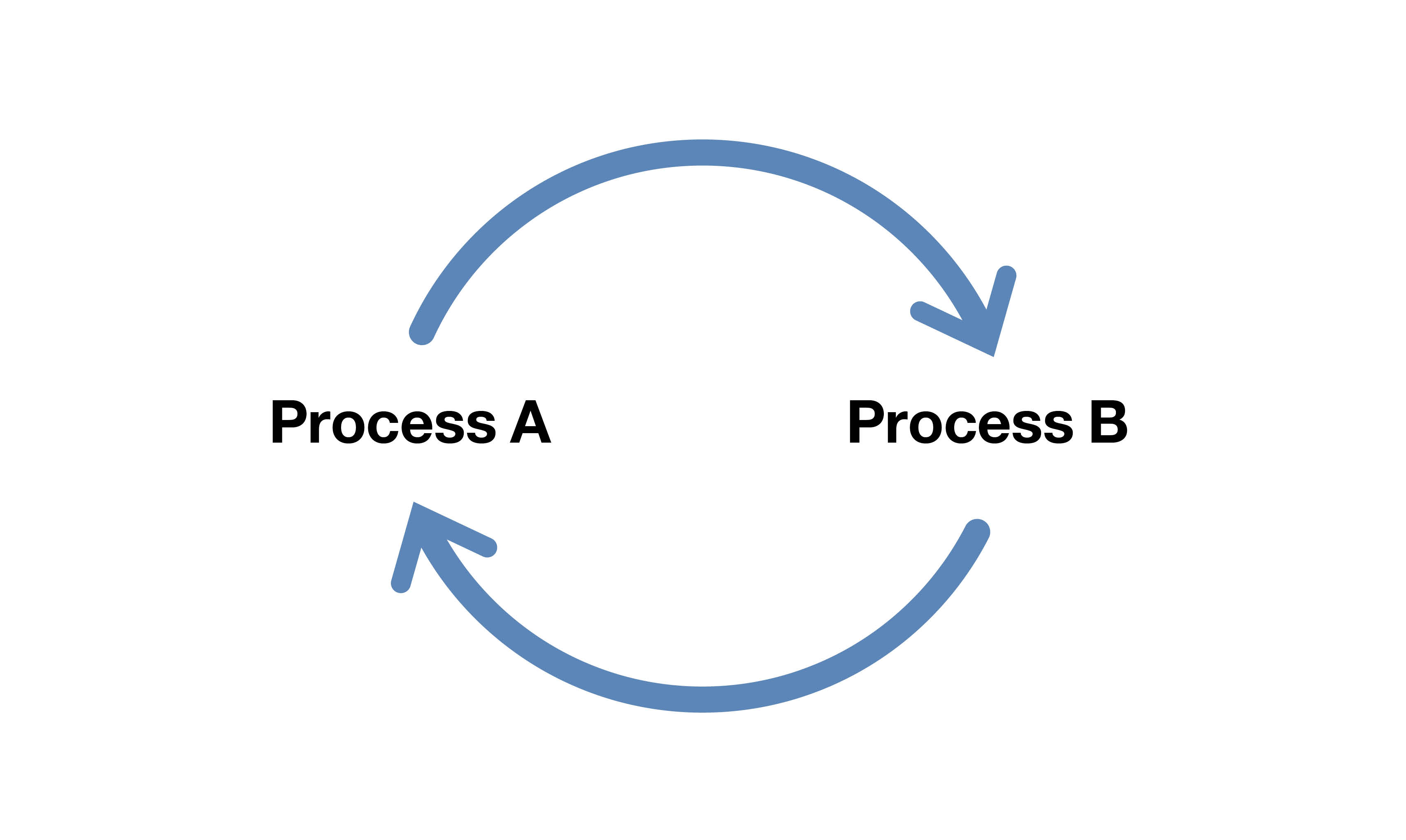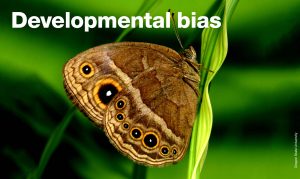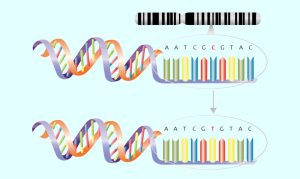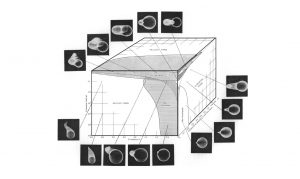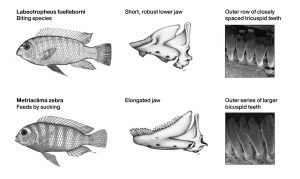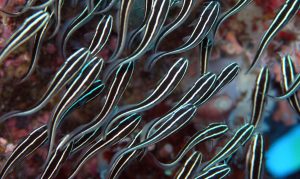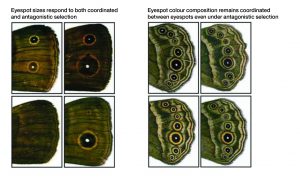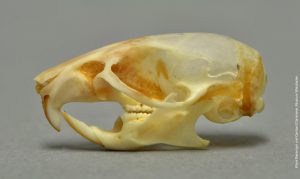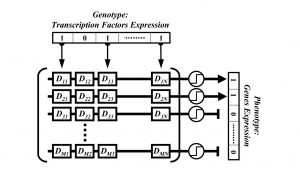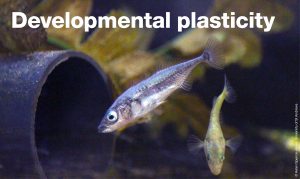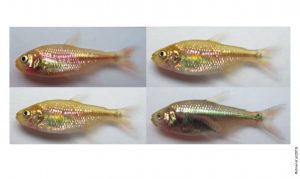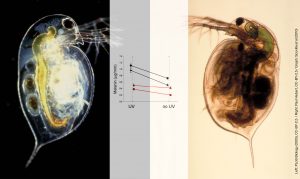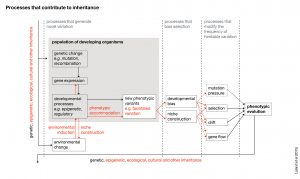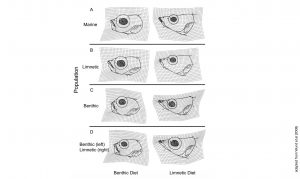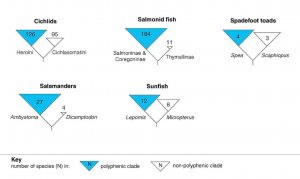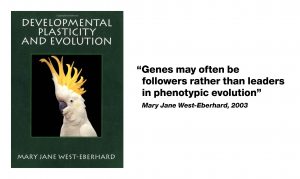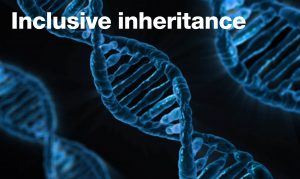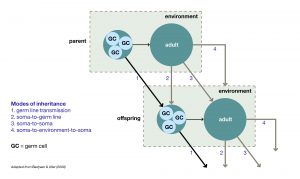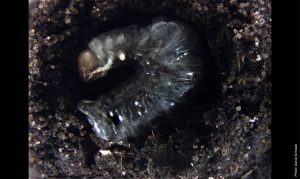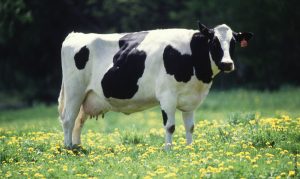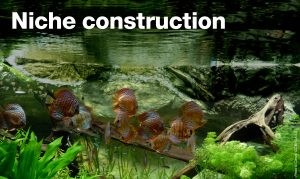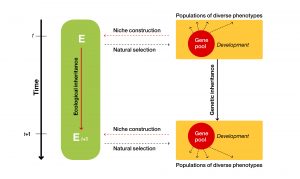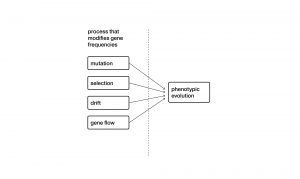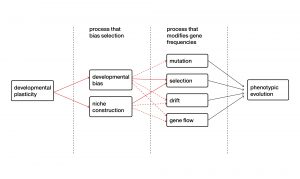What is the extended evolutionary synthesis?
The extended evolutionary synthesis (EES) is new a way to think about and understand evolutionary phenomena that differs from the conception that has dominated evolutionary thinking since the 1930s (i.e., the modern synthesis). The EES does not replace traditional thinking, but rather can be deployed alongside it to stimulate research in evolutionary biology.
Key concepts
The extended evolutionary synthesis emphasizes two key unifying concepts that feature in progressive readings of some sections of the evolutionary biology literature – constructive development and reciprocal causation.
Focal topics
The extended evolutionary synthesis focuses on insights derived from four research areas that have been subject to alternative interpretations in recent literature, yet nonetheless reveal convergent themes.
How the EES differs from the Modern Synthesis
Like the EES, the Modern Synthesis also represents a particular way to understand evolution. It primarily focuses on genes:
- new variation arises through random genetic mutation
- inheritance occurs through DNA
- natural selection of genes is the sole cause of adaptation
The field of evolutionary biology has evolved, incorporating many new theoretical and empirical findings (e.g. neutral theory, inclusive fitness theory). As a result, today’s evolutionary theory is vastly more sophisticated than the original modern synthesis, which emerged in the 1940s-1960s, and covers a broader range of phenomena. Nonetheless, the most prevalent expectations remain broadly in line with those emphasized by the founders of the modern synthesis, and are distinct from EES predictions.
Click on an EES prediction to view research projects designed to test it.
